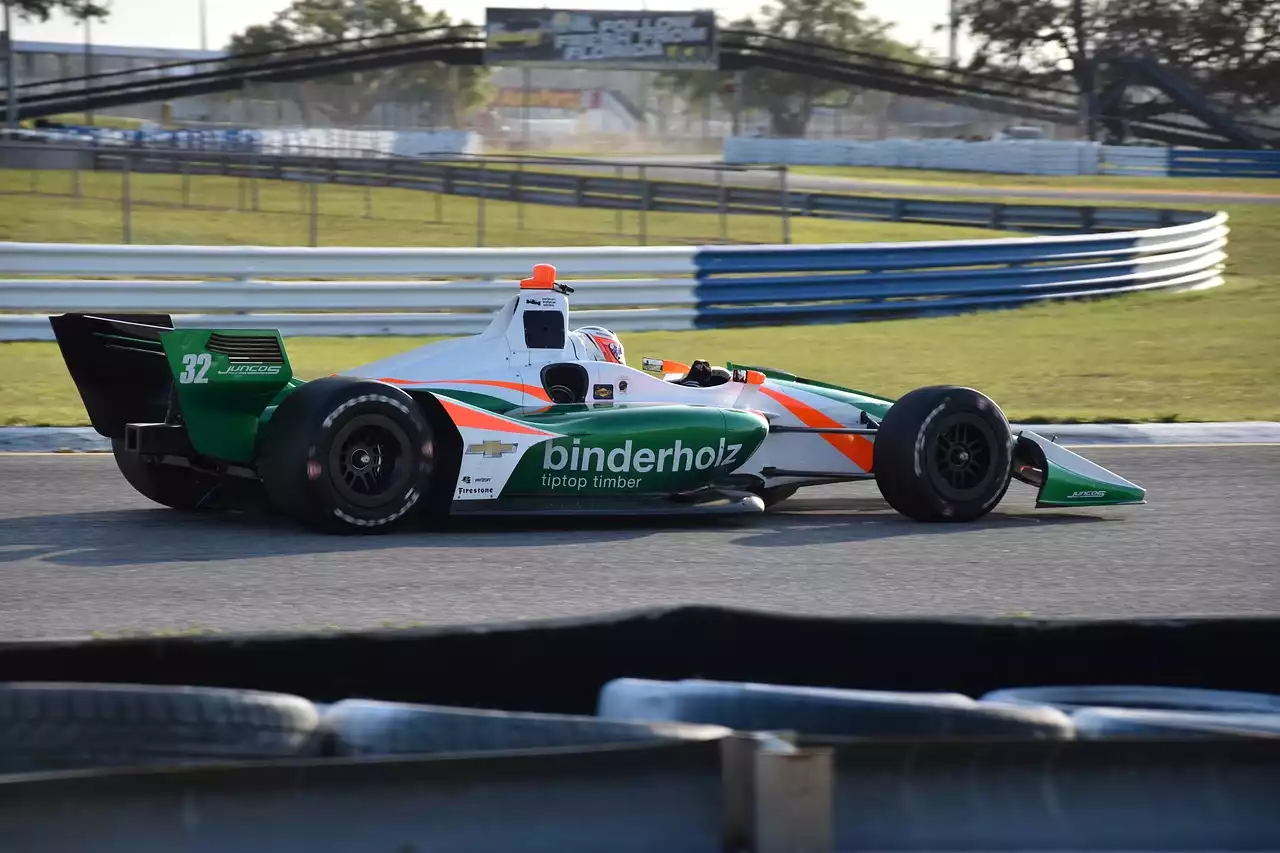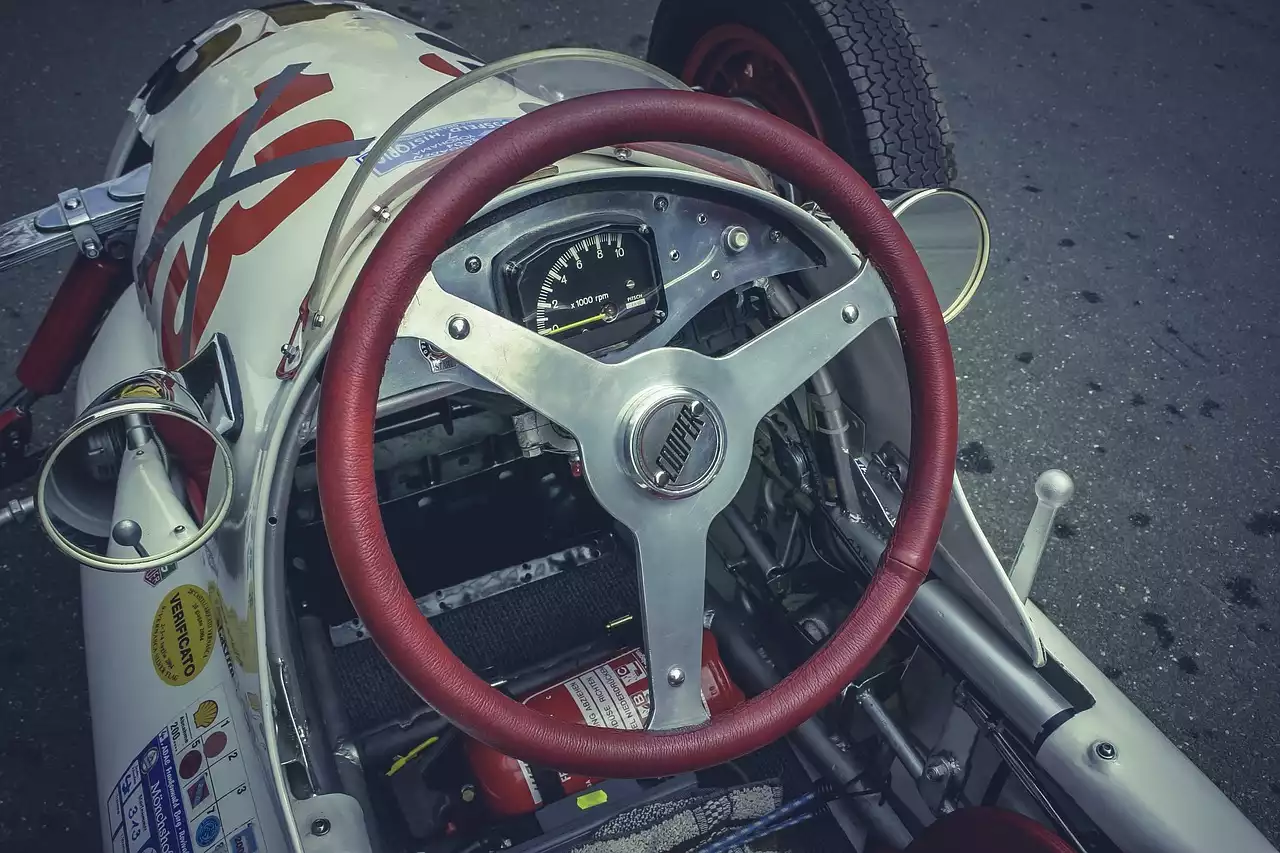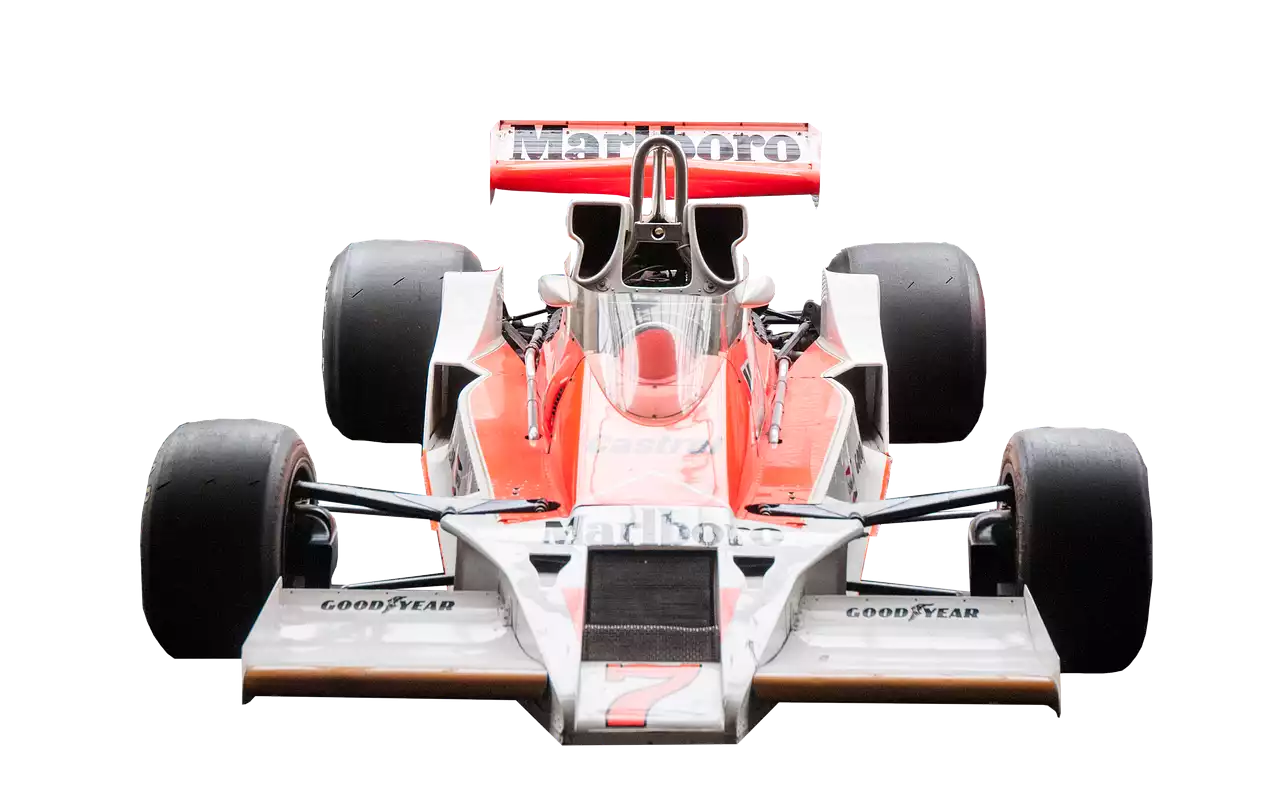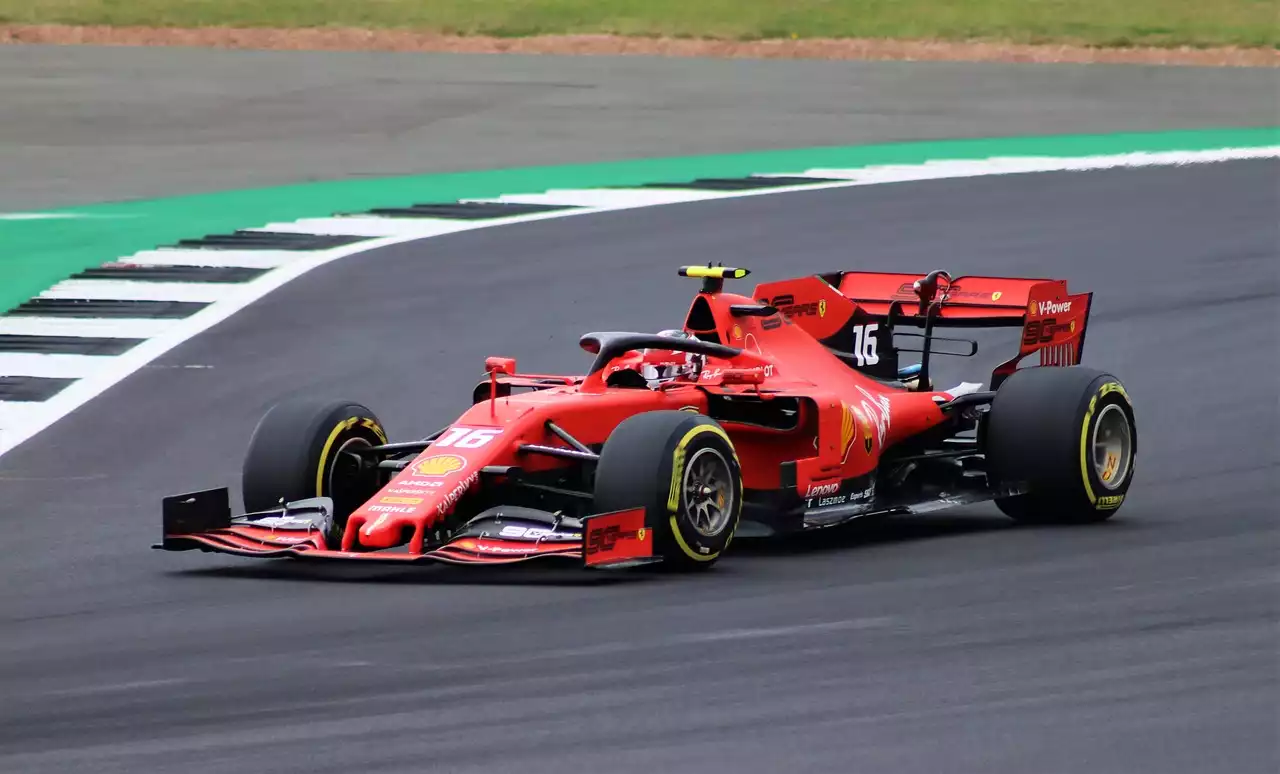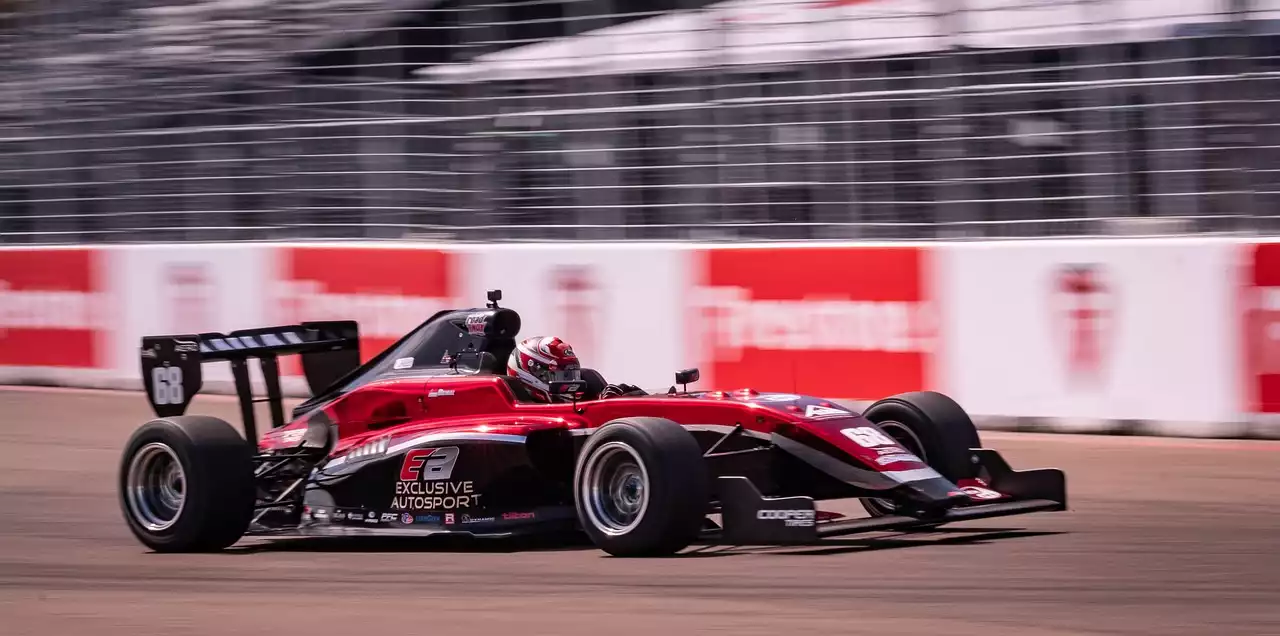The role of technology in Indycar Racing
Indycar racing has always been a sport that relies heavily on technology. From the earliest days of the sport, engineers and designers have been working to find ways to make the cars faster, more efficient, and safer for drivers. Today, the technology that powers Indycar racing is more advanced than ever, with cutting-edge systems and tools that help drivers and teams get the most out of their cars.
Advanced aerodynamics technology
One of the key areas where technology plays a major role in Indycar racing is in the field of aerodynamics. The shape and design of the cars are critical factors in their performance on the track, and even the smallest changes to the bodywork can have a significant impact on how the cars handle. That's why Indycar teams invest heavily in computational fluid dynamics (CFD) technology, which allows them to simulate how air flows around the car and make precise adjustments to the design to improve its performance.
In addition to CFD, Indycar teams also use wind tunnels to test their cars and refine their aerodynamic profiles. These tunnels simulate the airflow around the car at high speeds, allowing engineers to see how the car performs in different conditions and make adjustments to the design accordingly. With the help of these advanced aerodynamics technologies, Indycar teams are able to create cars that are faster, more agile, and more stable on the track.
Engine technology
Another area where technology plays a major role in Indycar racing is in the design and engineering of the engines. Indycar engines are some of the most advanced in the world of motorsports, with turbocharged V6 engines that produce over 700 horsepower. These engines are designed to be as lightweight and compact as possible, while still producing the power and torque needed to propel the cars around the track at high speeds.
To achieve this level of performance, Indycar teams rely on a range of advanced technologies, including variable valve timing, direct fuel injection, and turbocharging. These technologies allow the engines to produce more power while using less fuel, which is critical in a sport where every ounce of weight counts. With the help of these advanced engine technologies, Indycar teams are able to create cars that are faster, more efficient, and more reliable than ever before.
Tire technology
Tire technology is another critical area where Indycar teams rely on advanced technology to gain an edge over their competitors. Indycar tires are designed to provide maximum grip and durability, while still being lightweight and resistant to wear. To achieve this level of performance, Indycar teams work closely with tire manufacturers to develop custom compounds and tread patterns that are optimized for each track and weather condition.
In addition to custom compounds, Indycar teams also use a range of data analysis tools to monitor tire performance during races. This data is used to make real-time adjustments to tire pressure and other settings, helping drivers get the most out of their tires and stay competitive on the track. With the help of these advanced tire technologies, Indycar teams are able to create cars that can handle the extreme stresses of high-speed racing while still maintaining maximum grip and control.
Data analytics in Indycar Racing
Data analytics is another critical area where technology plays a major role in Indycar racing. With the help of advanced data analysis tools, teams are able to collect and analyze vast amounts of data in real-time, giving them insights into every aspect of the race. From the performance of the car to the behavior of the driver, data analytics is used to make split-second decisions that can mean the difference between winning and losing.
Computational fluid dynamics (CFD) technology
As mentioned earlier, CFD technology is a critical tool in the design and engineering of Indycar cars. But it's also used extensively during races to monitor the performance of the car and make real-time adjustments to the design. With the help of CFD technology, engineers can analyze how air flows around the car in real-time, allowing them to make adjustments to the bodywork or other components to improve performance.
Simulators and virtual reality technology
Simulators and virtual reality technology are also used extensively in Indycar racing to help drivers prepare for races and make real-time decisions on the track. With the help of simulators, drivers can practice driving on different tracks and in different conditions, allowing them to get a feel for the car and the track before they even arrive at the race. Virtual reality technology is also used to give drivers a 360-degree view of the track, which can help them make split-second decisions during races.
Safety technology in Indycar Racing
Safety technology is another critical area where technology plays a major role in Indycar racing. From the design of the cars to the safety equipment worn by the drivers, safety is a top priority in the sport. Indycar teams invest heavily in safety technology, using advanced materials and design techniques to create cars that can withstand the extreme stresses of high-speed racing.
In addition to the design of the cars, Indycar teams also use a range of safety equipment to protect drivers during races. This includes everything from safety harnesses and helmets to fire-resistant suits and gloves. With the help of these advanced safety technologies, Indycar teams are able to create cars that are not only fast and efficient, but also safe for drivers.
Future technology in Indycar Racing
Looking to the future, there are a number of exciting technologies that are set to revolutionize Indycar racing in the years to come. One of the most promising areas of research is in the field of electric powertrains, which could eventually replace the current gasoline engines used in the sport. Other areas of research include advanced materials, such as carbon fiber and graphene, which could make cars lighter and more efficient than ever before.
Another area of research is in the field of autonomous driving, which could eventually allow cars to drive themselves around the track at high speeds. While this technology is still in its early stages, it has the potential to completely change the way we think about Indycar racing in the future.
